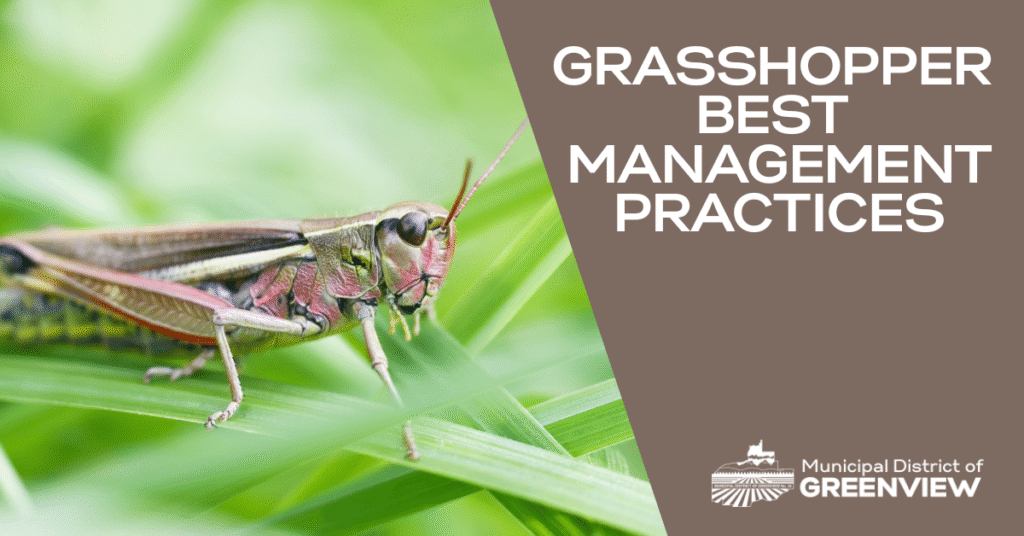
Grasshoppers are a pest of cultivated crops and rangeland in the world’s semi-arid regions, and grasshopper numbers are being reported as high in Greenview this spring.
Find information, resources and a Greenview Grasshopper video by visiting Pest Control | Municipal District of Greenview No. 16
